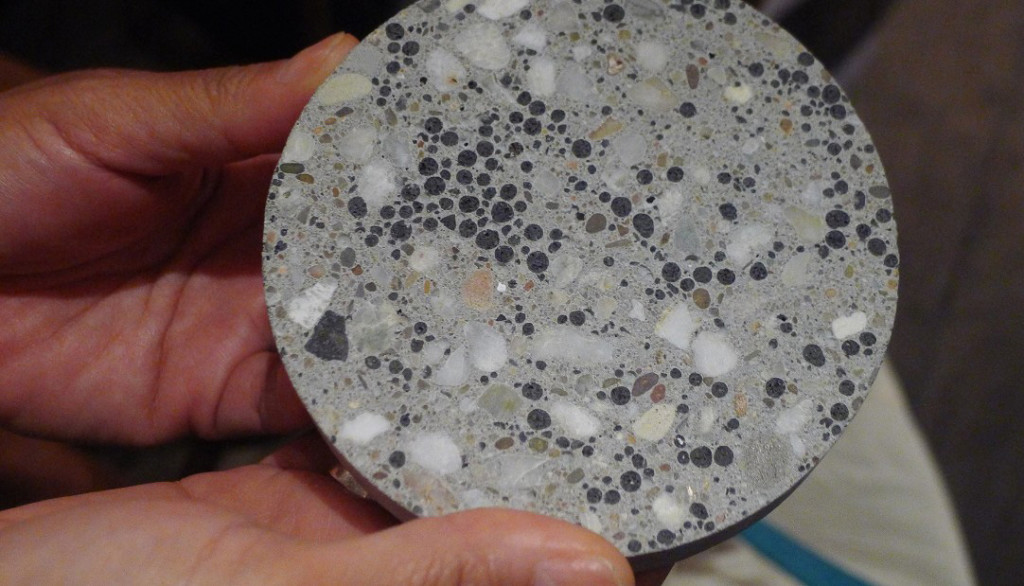The concrete that regenerates itself from bacteria

citg.tudelft.nl
Concrete is one of the most used materials to fabricate buildings thanks to its good qualities such as the compression resistance, but it also has some limits such as the risk to crack due to tensions or the low resistance to aggressive agents that leads to discover reinforced steels inside it. For this reason, in structural calculations, many times a major number of reinforced steels are used which have no structural value, but they prevent the cracks from becoming larger and the backbone from weakening. Furthermore, we should consider both the high steel prices on the market, and the probable difficulties in repairing the cracks, that often happen in fragile spots such as the foundations.

So, as always, prevention is better than a cure, and, after 9 years of researching and experimenting the Technical University (TU) from Delft has showcased a prototype of their idea: a concrete that regenerates its cracks by integrating bacteria inside its composition. This may sound weird, but it’s exactly how it works.

Bacteria, specifically the Bacilli, are integrated inside the cement paste, and they could survive 50 years without food and oxygen; besides, they are the only bacteria capable of surviving in an alkaline casing such as the concrete one, which has a PH of 13. So the spores of the bacteria are capable of staying ‘dormant’ in plastic biodegradable capsules until a determined signal. Indeed, the bacteria start to work only if they contact water or oxygen, that is when a crack appears in the concrete. Once they are awakening, the bacteria increase by feeding on the calcium lactate present in the mixture and so they start to produce calcite or limestone crystals that will fix the crack by two weeks. Once the crack is completely fixed, humidity will be able no more to penetrate that spot of the concrete which, in this way, will not weaken again.

Bacteria have been tested on small blocks, but a building composed by self-healing concrete has been already built in the South of the Netherlands and it will be monitored for the next two years, to observe the life of the bacteria and to find the way to maintain high and constant the production of calcite.
An invention that could overthrow manufacturing costs and maintenance of structures, but that mostly is a ‘collaboration’ between nature and man.
